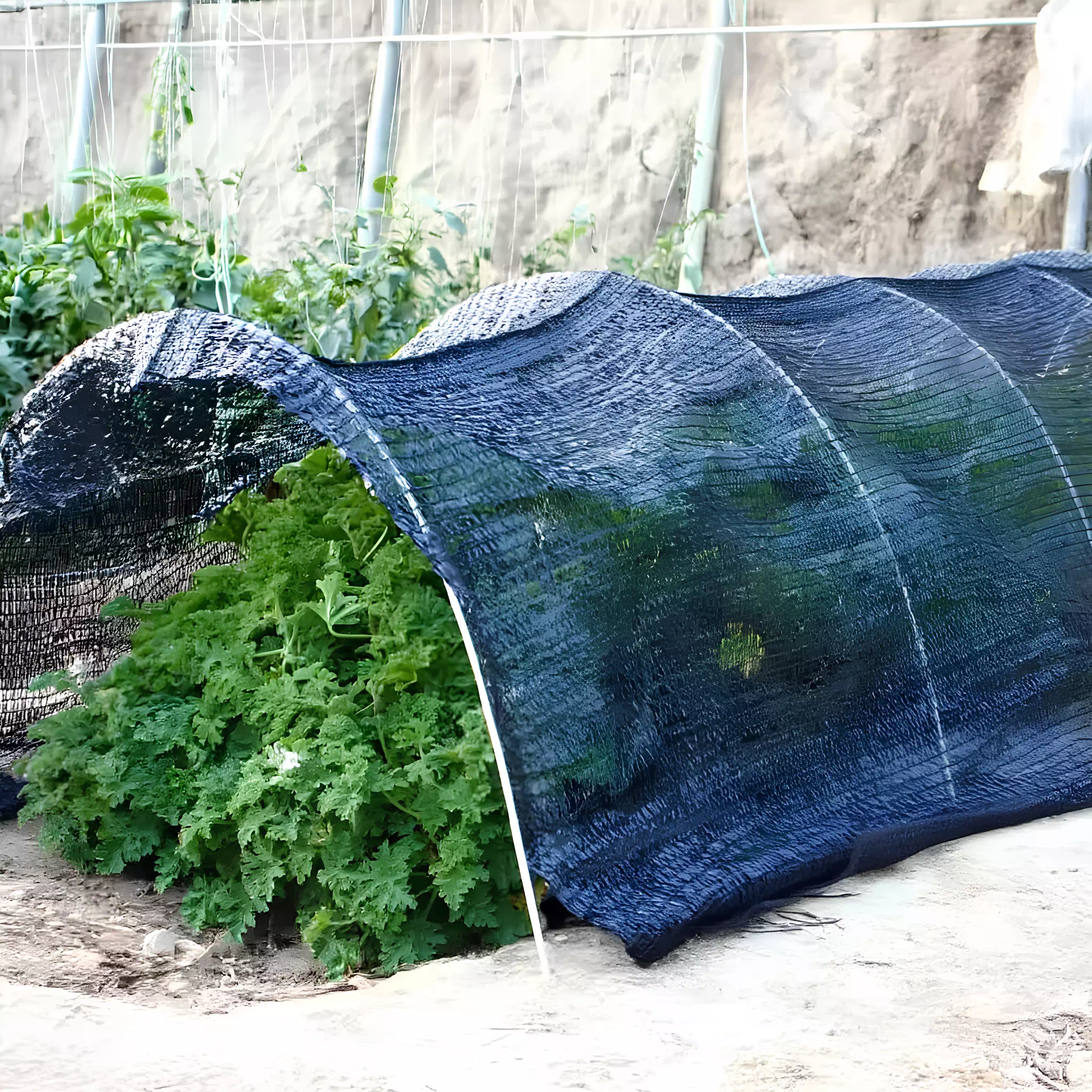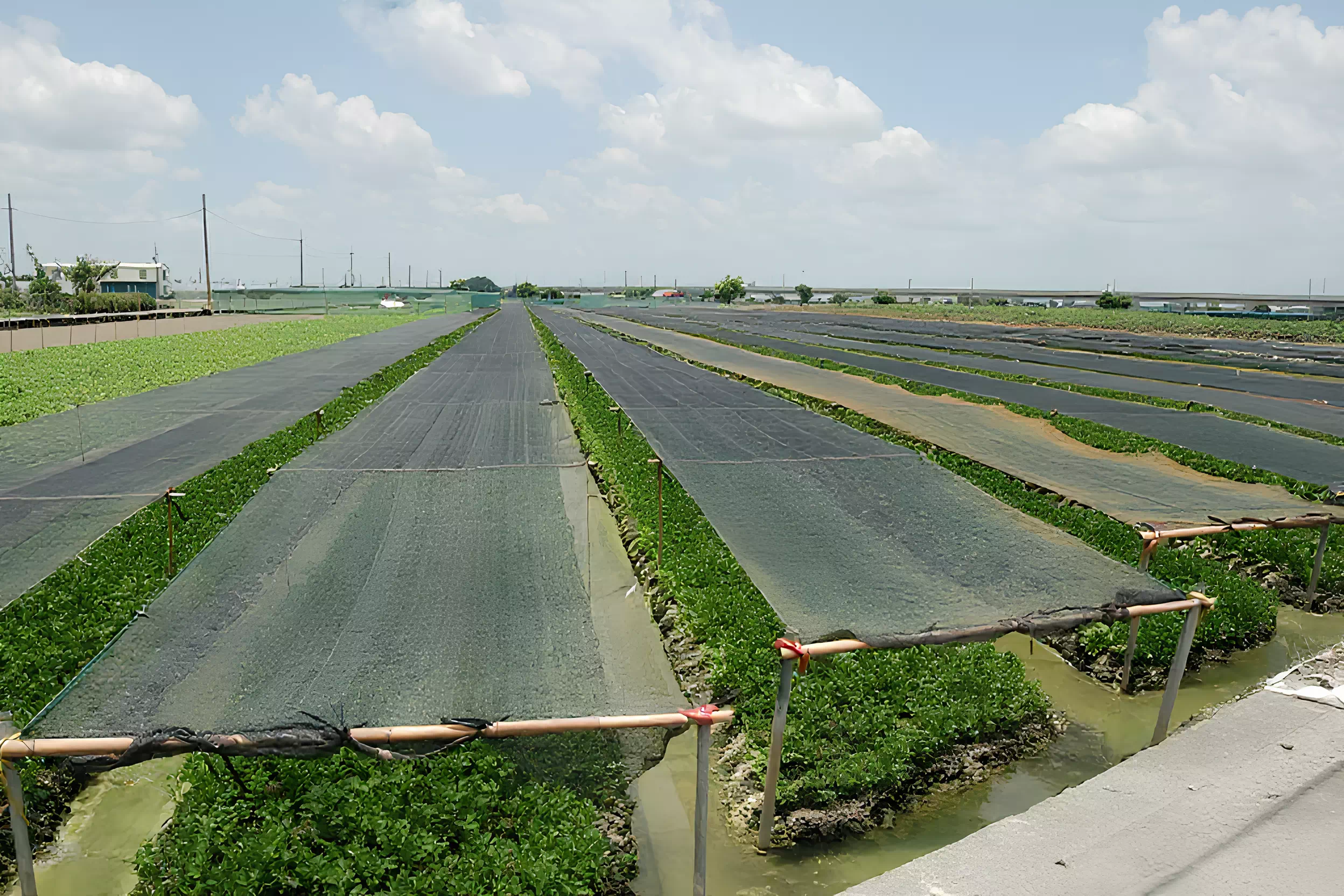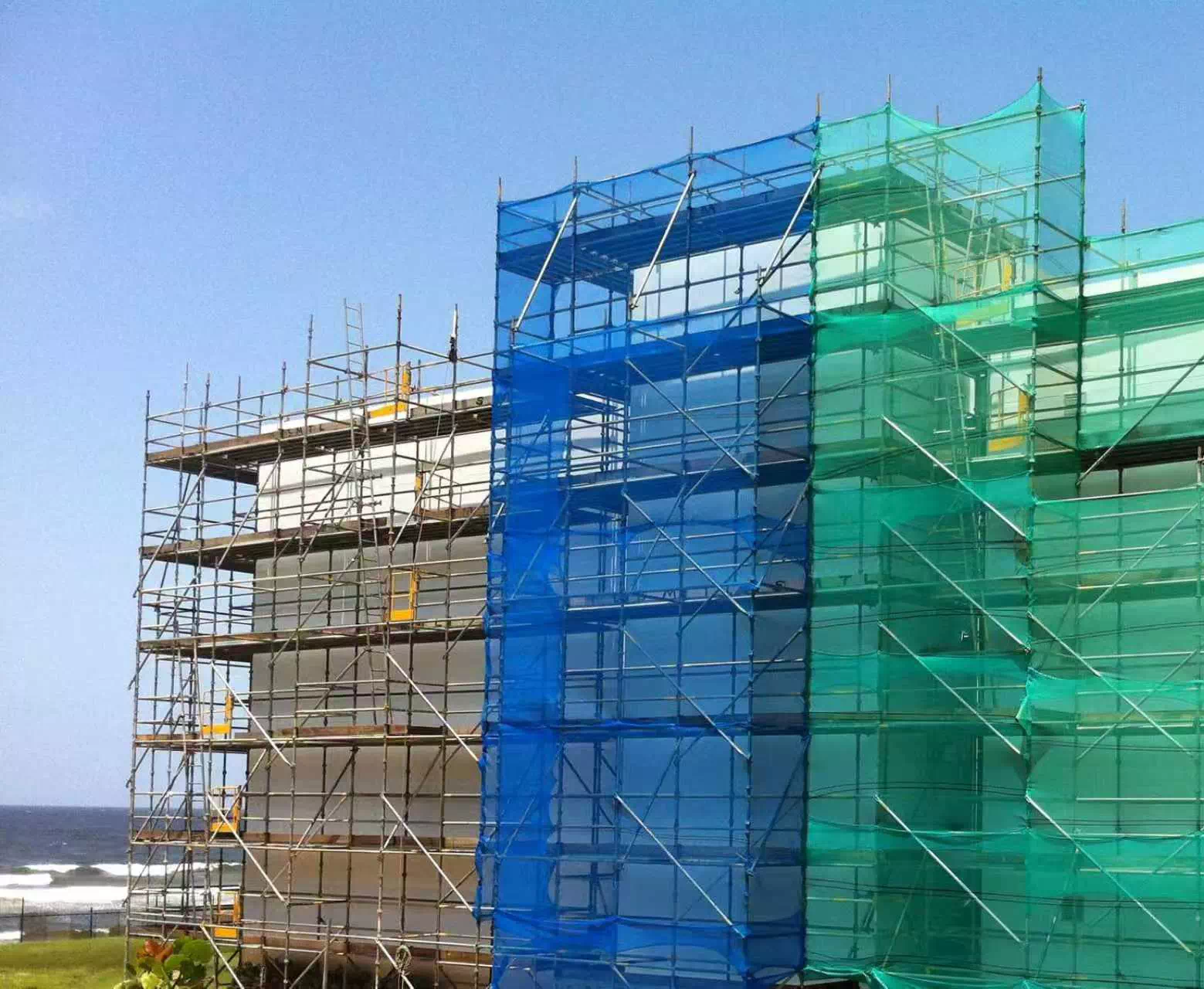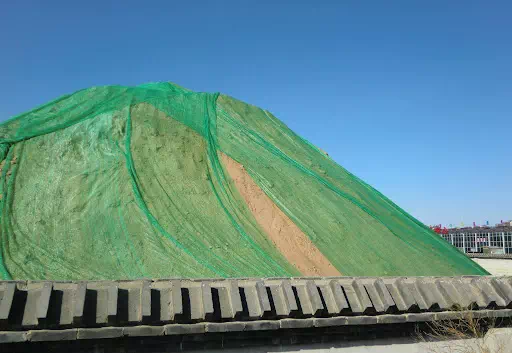Typically, leafy vegetables thrive under light intensity levels between 20,000–30,000 Lx, while on sunny summer days, natural sunlight can exceed 100,000 Lx.
For small-scale farms, flexible plant stems or plastic pipes can be bent into semicircular frames to support the agricultural shade net above the crops. For large-scale fields, metal support structures are recommended for wide-area coverage. This setup effectively reduces excessive sunlight, maintaining the ideal light intensity range for plant growth.


In addition, agricultural shade nets reduce wind speed and water evaporation, helping retain soil moisture and prevent drought. Their dense weave also serves as a rain shield, minimizing physical damage caused by heavy rainfall. During winter, they provide protection against frost, cold, and freezing, ensuring stable crop yields throughout the season.




